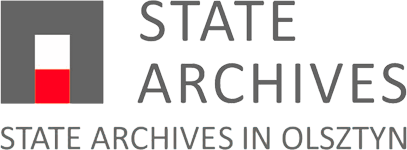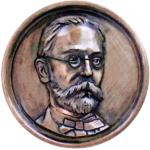Current issue
Online first
Special issues
Archive
About the Journal
Editorial Board
Editorial Council
Reviewers
Editorial guidelines
Publication ethics
Guidelines for reviewing
Remarks on “ghostwriting”
Copyrights and Open Access rule
GDPR Privacy Notice – for the authors of articles sent for publication in the "Komunikaty Mazursko-Warmińskie ("Masuro-Warmian Bulletin")
Contact
Price list
The mathematical apparatus of Nicolaus Copernicus's "De revolutionibus orbium coelestium" and its reception in secondary school education on the Polish territories from the 16th to the 21st century
1
Instytut Historii Nauki im. Ludwika i Aleksandra Birkenmajerów Polskiej Akademii Nauk, Polska
Submission date: 2023-12-21
Final revision date: 2024-02-18
Acceptance date: 2024-02-19
Online publication date: 2024-03-15
Publication date: 2024-03-15
Corresponding author
Karolina Karpińska
Instytut Historii Nauki im. Ludwika i Aleksandra Birkenmajerów Polskiej Akademii Nauk, Nowy Świat 72, 00-330, Warszawa, Polska
Instytut Historii Nauki im. Ludwika i Aleksandra Birkenmajerów Polskiej Akademii Nauk, Nowy Świat 72, 00-330, Warszawa, Polska
KMW 2023;323(4):633-664
KEYWORDS
Nicolaus Copernicustrigonometryhistory of mathematicshistoryof mathematics educationDe revolutionibus
TOPICS
ABSTRACT
The article analyses the contents of chapters XII, XIII and XIV of Nicolaus Copernicus’ first book
De revolutionibus orbium coelestium. These chapters contain the trigonometric material on which
the astronomer based all considerations about heliocentrism. In chapter XII, he built “chords of
a circle” tables, which today we would call sinus tables. Chapters XIII and XIV dealt with the solu-
tion of flat and spherical triangles. In this paper, this mathematical apparatus has been analysed
from a contemporary point of view, using modern symbols and terminology. The analysis was car-
ried out on the reception of Copernicus mathematics in school teaching on the Polish territories
from the 16th to the 21st century.
Share
RELATED ARTICLE
We process personal data collected when visiting the website. The function of obtaining information about users and their behavior is carried out by voluntarily entered information in forms and saving cookies in end devices. Data, including cookies, are used to provide services, improve the user experience and to analyze the traffic in accordance with the Privacy policy. Data are also collected and processed by Google Analytics tool (more).
You can change cookies settings in your browser. Restricted use of cookies in the browser configuration may affect some functionalities of the website.
You can change cookies settings in your browser. Restricted use of cookies in the browser configuration may affect some functionalities of the website.




